On the road: these nomadic homes could set you free
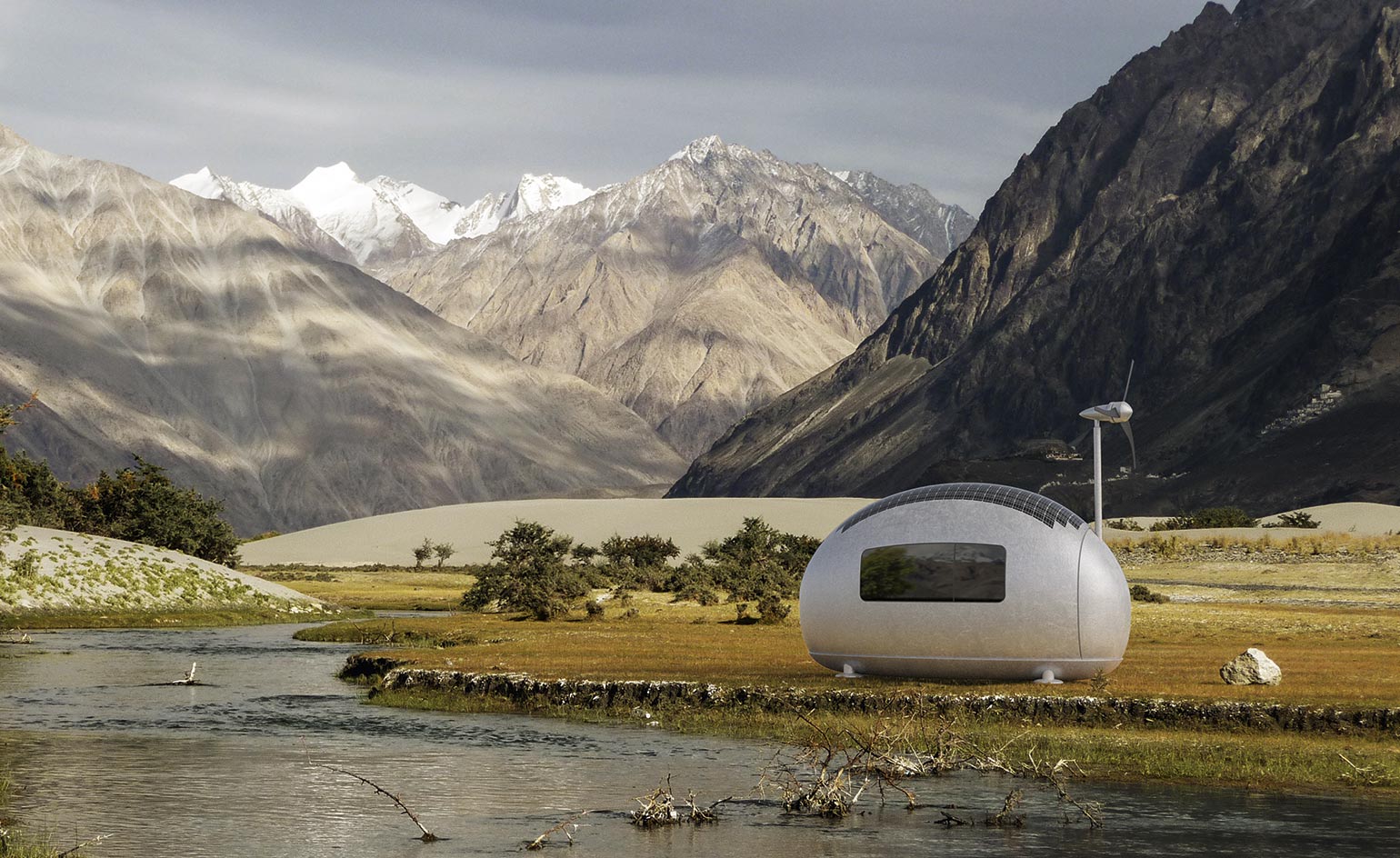
We are all, once, nomads. Our ancient ancestors wandered from place to place as the climate and crop demanded—and their homes had to be fit for this itinerant lifestyle. If you’re on the move, your home needs to move with you. Philip Jodidio’s new Taschen tome, Nomadic Homes begins with an overture to our deep-rooted peripatetic spirit, and brings out some surprising examples and architectural feats that show how housing has been adapted to the lives of wandering souls. From 8th century tents to trailer homes, Bible wagons, igloos, sustainable pods in the forests and houses that float on water, Nomadic Homes gives endless examples of innovation and experimental design.
Being rootless doesn’t mean you have to forgo on comfort—or stability. Or at least, not in the psychological sense: Danish group N55’s Walking House (2009), an environmentally-friendly modular abode for up to four people, walks on six legs, powered by linear actuators. Probably not the best time to cook dinner. It is impossible to think about nomadic living today without thinking about migration forced by political and environmental disasters.
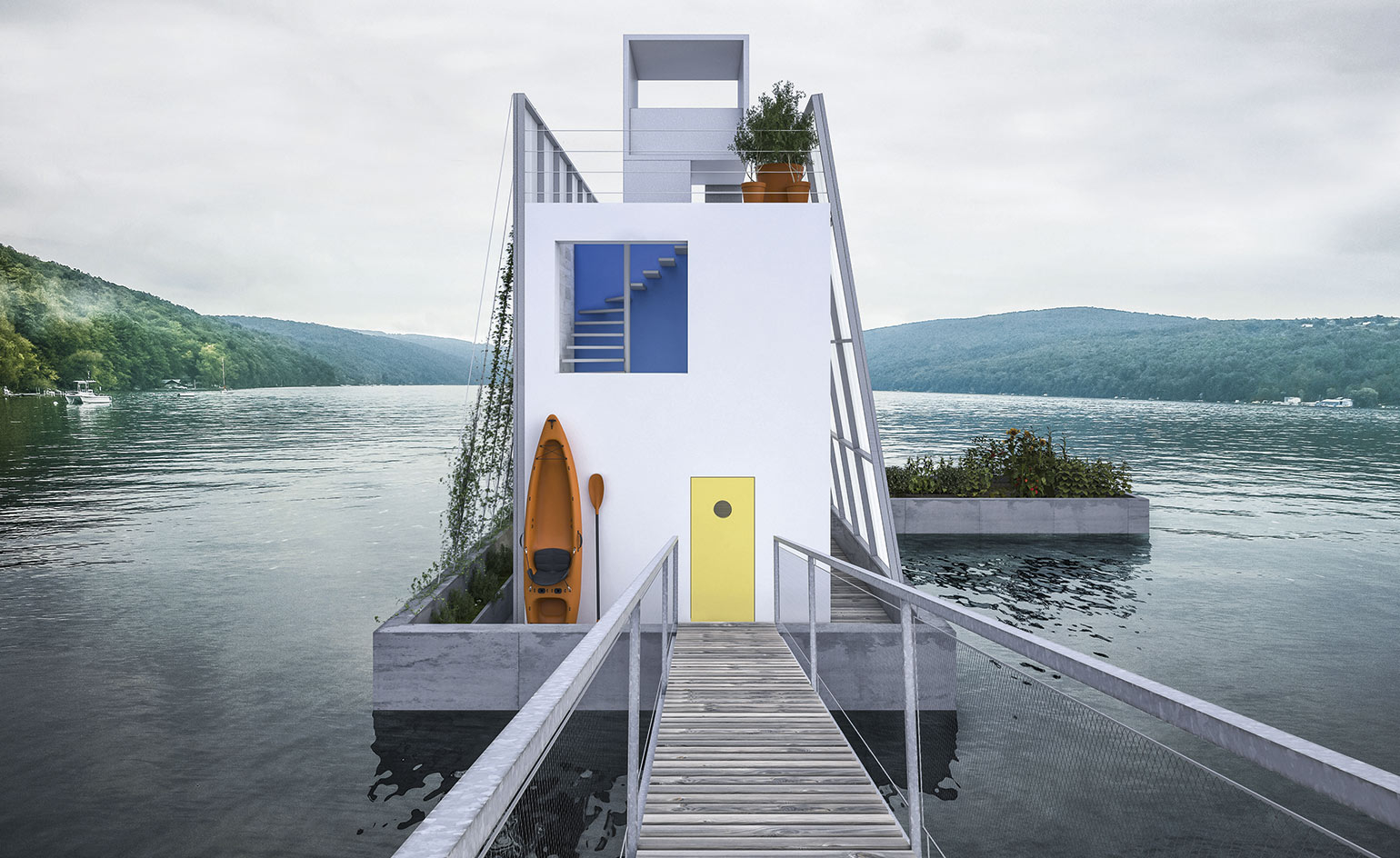
Floating House, designed by Carl Turner Architects. Courtesy of Carl Turner Architects
It’s hardly surprising, in this context, that the architects, designers and artists interested in temporary and moveable homes often engage with the challenges of our times. One example is Shigeru Ban’s emergency relief projects, such as the shipping containers he set up as bright, open living spaces in Onagawa following the tsunami in Japan in 2011, and the pre-fabricated foam-board houses he proposed in Manila in 2013 – one of the ways nomadic thinking could be applied to address the needs of the displaced. Morphosis’ The Float House, able to self-sustain and to withstand the floods caused by storms like Hurricane Katrina, is another solution for troubling times.
The book also points to nomadic living, as chosen lifestyle, as a political statement, bucking against conformist society and its ideals of ownership — something that seems increasingly appealing with rising house prices and urban overcrowding. Tiny house pioneer Christopher Smith (also the subject of a documentary film) built his cosy, off-grid, self-sufficient home in Colorado for $26,000. Equally appealing is the snug Collingwood Shepherd Hut, constructed from all kinds of reclaimed wood, with bright, minimal interiors — no more than just what you need, a riposte to a culture of consumerism and excess.
‘As it should be readily apparent from this summary collection of movable residences from all over the world and in all types of different contexts, the nomadic spirit of our ancestors the hunter-gatherers is very much alive in the modern world,’ Jodidio writes. ‘Where architecture has often sought stability and thus the lack of movement, modernity has brought a sense of the finite, and a good deal of modesty about posterity and longevity.’
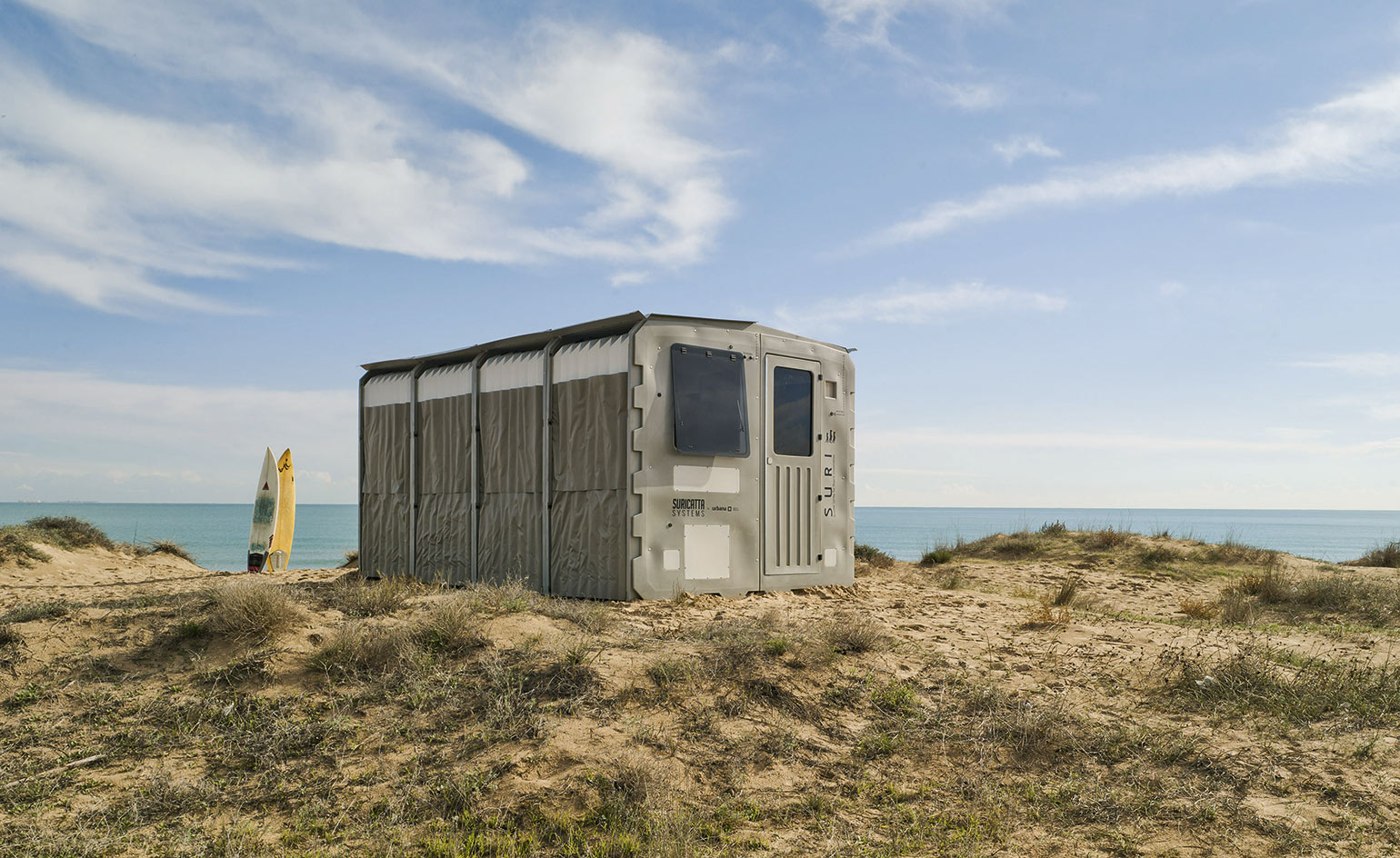
Suricatta Systems, SURI — Shelter Units for Rapid Installation, La Marina, Alicante, Spain.
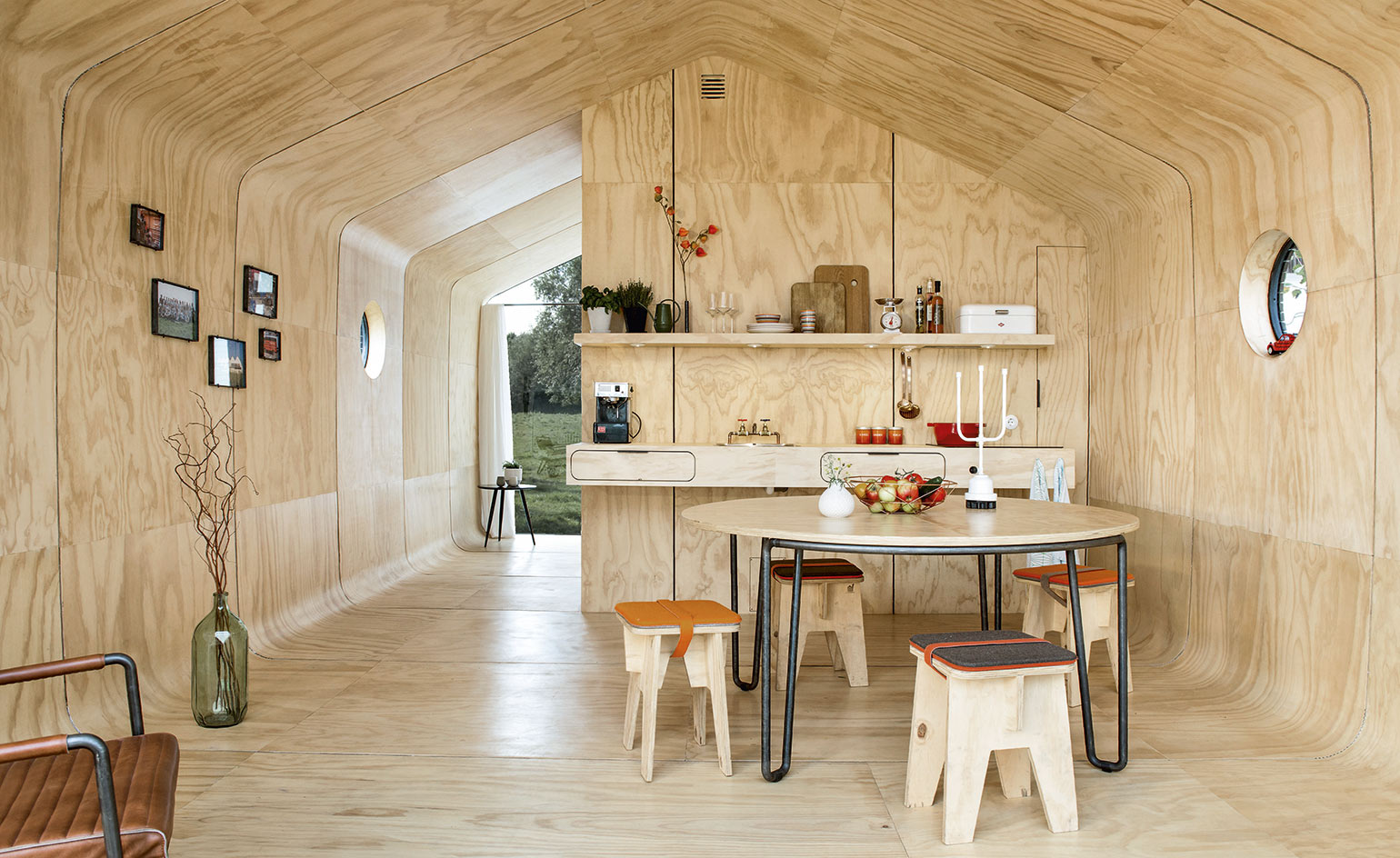
Wikkelhouse, Amsterdam, The Netherlands, designed by Fiction Factory.

Ábaton Portable Home ÁPH80, Madrid, Spain, designed by Ábaton.
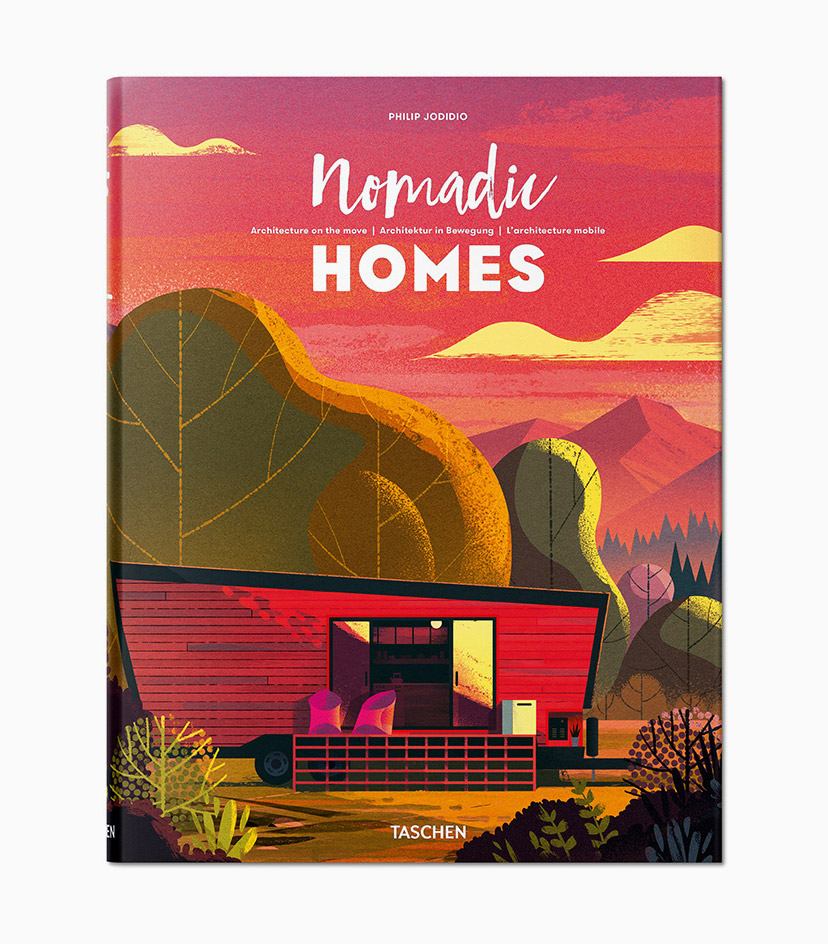
Nomadic Homes: Architecture on the move by Philip Jodidio and Russ Gray
INFORMATION
Nomadic Homes, published by Taschen
Wallpaper* Newsletter
Receive our daily digest of inspiration, escapism and design stories from around the world direct to your inbox.
Charlotte Jansen is a journalist and the author of two books on photography, Girl on Girl (2017) and Photography Now (2021). She is commissioning editor at Elephant magazine and has written on contemporary art and culture for The Guardian, the Financial Times, ELLE, the British Journal of Photography, Frieze and Artsy. Jansen is also presenter of Dior Talks podcast series, The Female Gaze.
-
 All-In is the Paris-based label making full-force fashion for main character dressing
All-In is the Paris-based label making full-force fashion for main character dressingPart of our monthly Uprising series, Wallpaper* meets Benjamin Barron and Bror August Vestbø of All-In, the LVMH Prize-nominated label which bases its collections on a riotous cast of characters – real and imagined
By Orla Brennan
-
 Maserati joins forces with Giorgetti for a turbo-charged relationship
Maserati joins forces with Giorgetti for a turbo-charged relationshipAnnouncing their marriage during Milan Design Week, the brands unveiled a collection, a car and a long term commitment
By Hugo Macdonald
-
 Through an innovative new training program, Poltrona Frau aims to safeguard Italian craft
Through an innovative new training program, Poltrona Frau aims to safeguard Italian craftThe heritage furniture manufacturer is training a new generation of leather artisans
By Cristina Kiran Piotti
-
 Ten contemporary homes that are pushing the boundaries of architecture
Ten contemporary homes that are pushing the boundaries of architectureA new book detailing 59 visually intriguing and technologically impressive contemporary houses shines a light on how architecture is evolving
By Anna Solomon
-
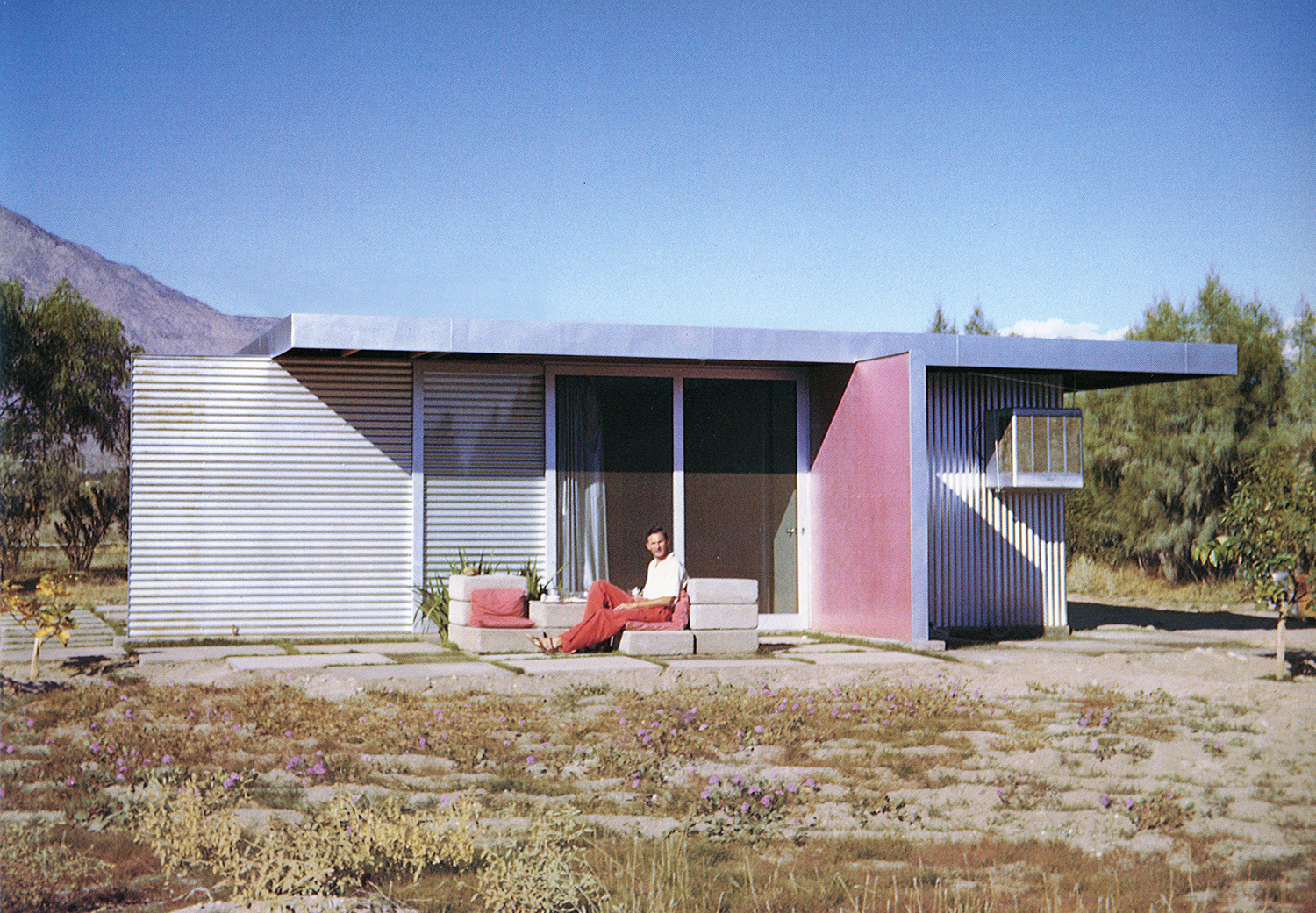 Take a deep dive into The Palm Springs School ahead of the region’s Modernism Week
Take a deep dive into The Palm Springs School ahead of the region’s Modernism WeekNew book ‘The Palm Springs School: Desert Modernism 1934-1975’ is the ultimate guide to exploring the midcentury gems of California, during Palm Springs Modernism Week 2025 and beyond
By Ellie Stathaki
-
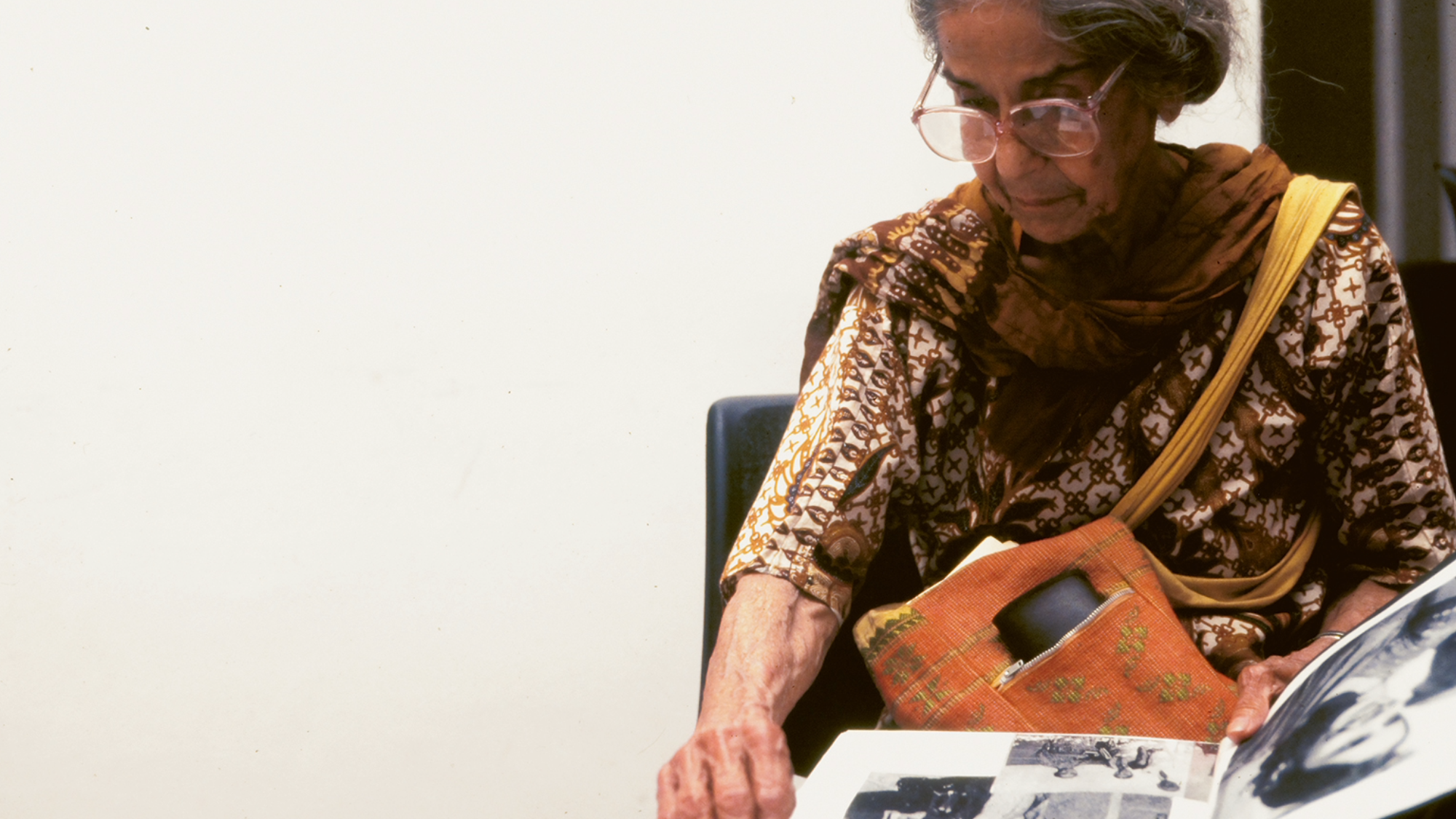 Meet Minnette de Silva, the trailblazing Sri Lankan modernist architect
Meet Minnette de Silva, the trailblazing Sri Lankan modernist architectSri Lankan architect Minnette de Silva is celebrated in a new book by author Anooradha Iyer Siddiq, who looks into the modernist's work at the intersection of ecology, heritage and craftsmanship
By Léa Teuscher
-
 Shigeru Ban wins 2024 Praemium Imperiale Architecture Award
Shigeru Ban wins 2024 Praemium Imperiale Architecture AwardThe 2024 Praemium Imperiale Architecture Award goes to Japanese architect Shigeru Ban
By Ellie Stathaki
-
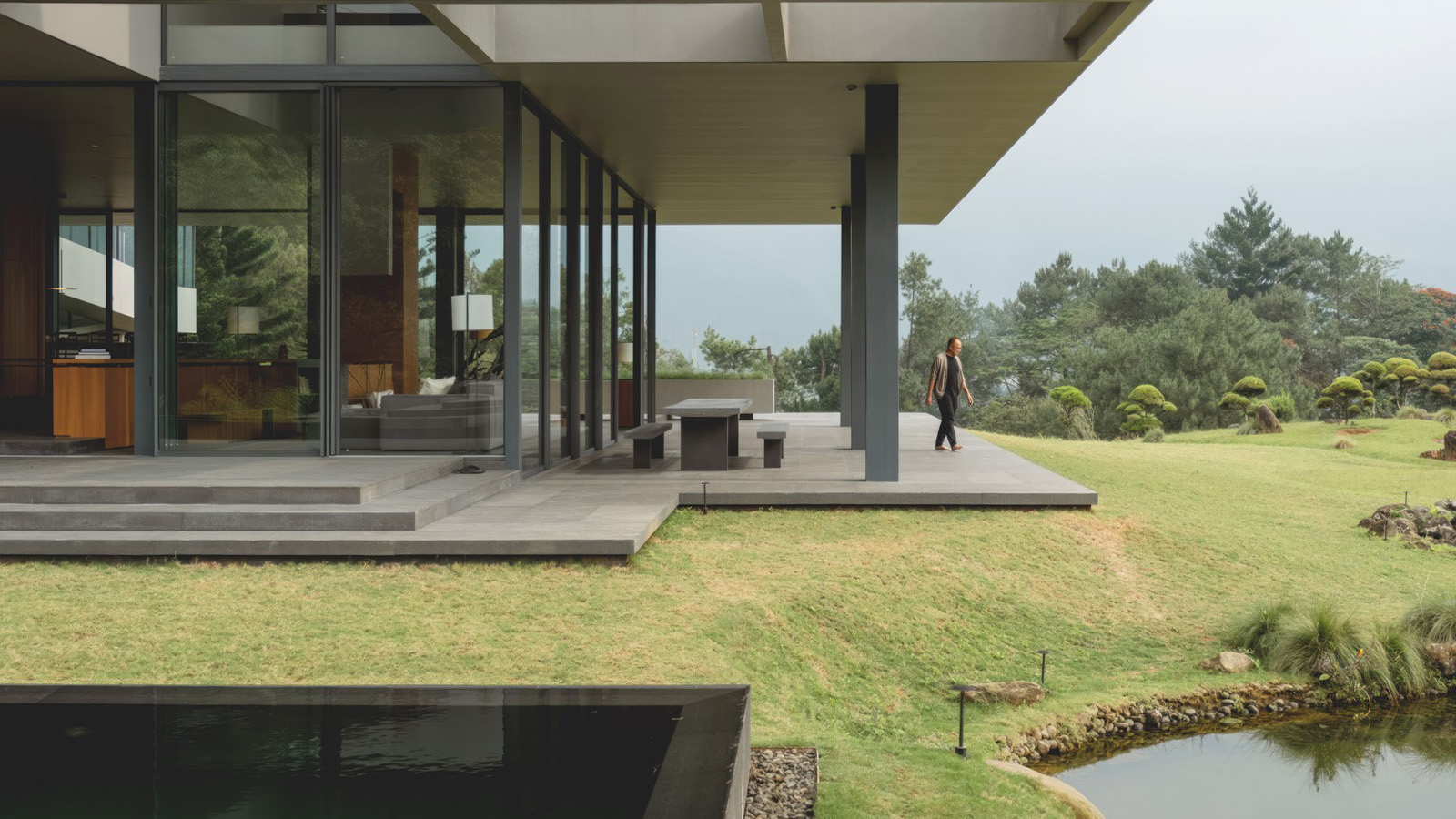 'Tropicality' explored in Indonesian architect Andra Matin’s first monograph
'Tropicality' explored in Indonesian architect Andra Matin’s first monograph'Tropicality' is a key theme in a new book on Indonesian architect Andra Matin, whose work blends landscape, architecture and living
By Harriet Thorpe
-
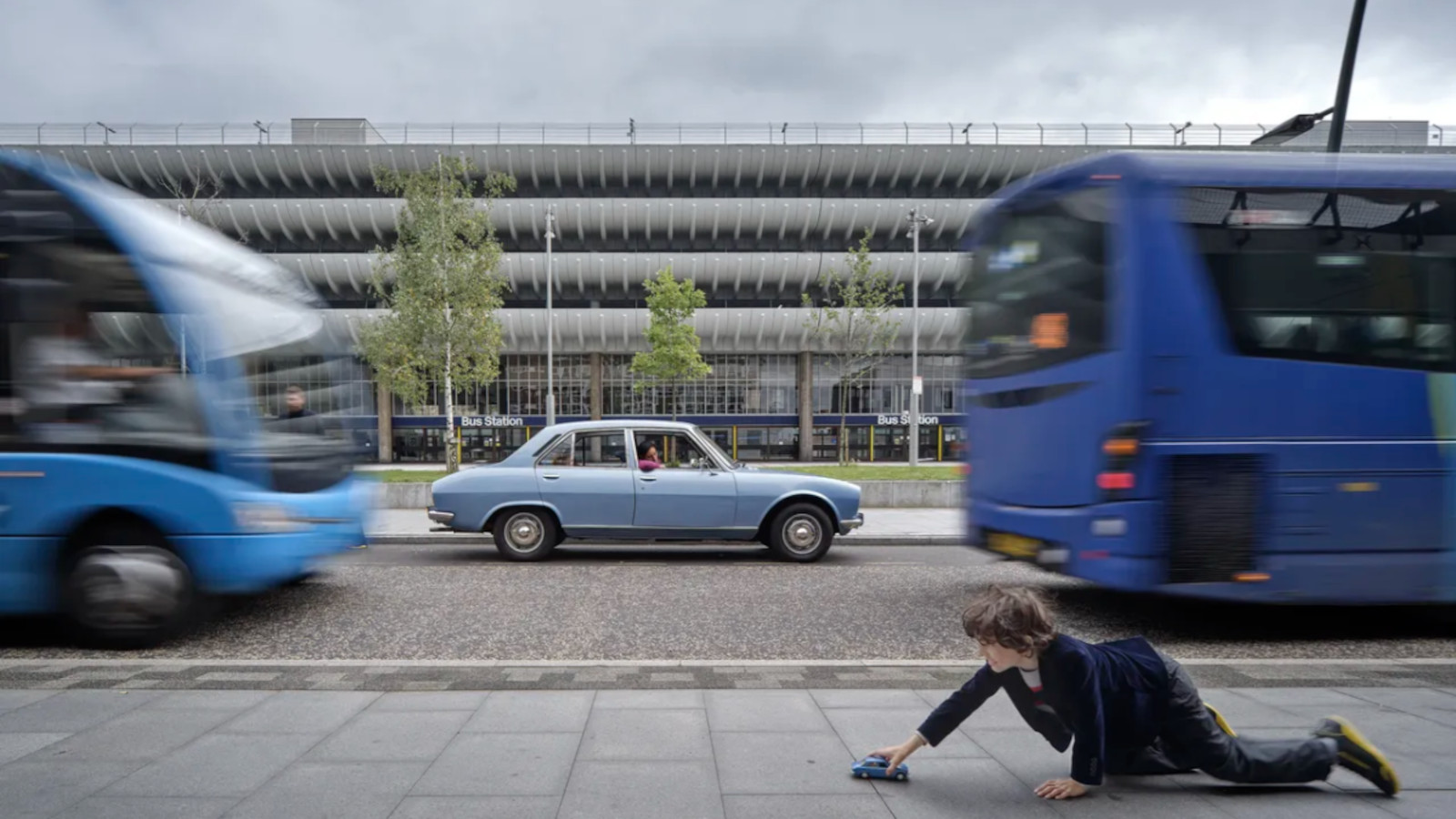 ‘A Time ⋅ A Place’ is a lovingly compiled photographic portrait of cars and architecture
‘A Time ⋅ A Place’ is a lovingly compiled photographic portrait of cars and architecture‘A Time ⋅ A Place’ is a celebration of the European Car of the Year and changing perceptions of modern design, pairing the best buildings of the age with their automotive contemporaries
By Jonathan Bell
-
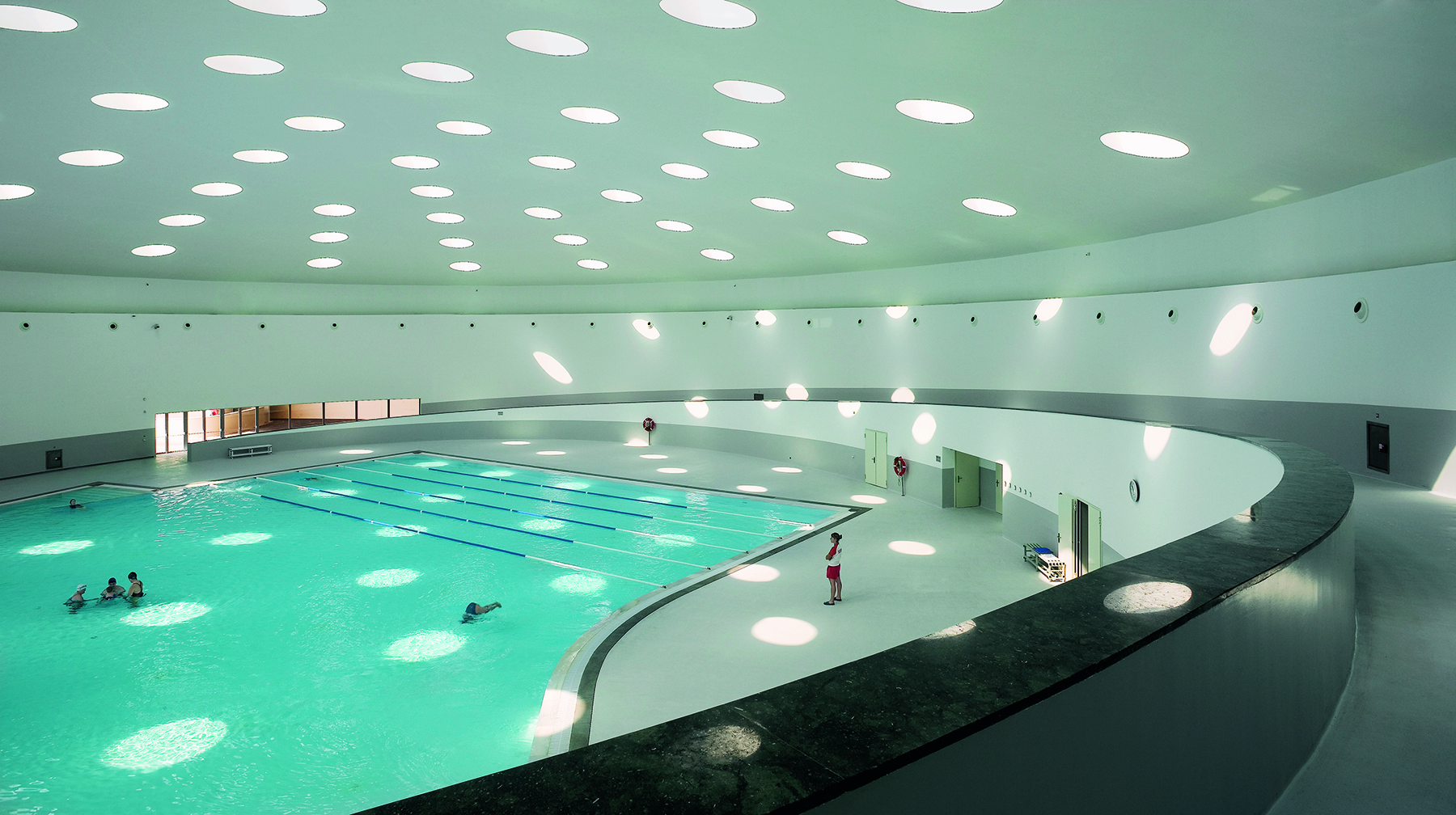 Álvaro Siza’s new monograph through the lens of Duccio Malagamba is impactful and immersive
Álvaro Siza’s new monograph through the lens of Duccio Malagamba is impactful and immersiveÁlvaro Siza and photographer Duccio Malagamba collaborate on a new monograph by Phaidon; ‘Before / After: Álvaro Siza Duccio Malagamba’ celebrates the Portuguese architect's work
By Michael Webb
-
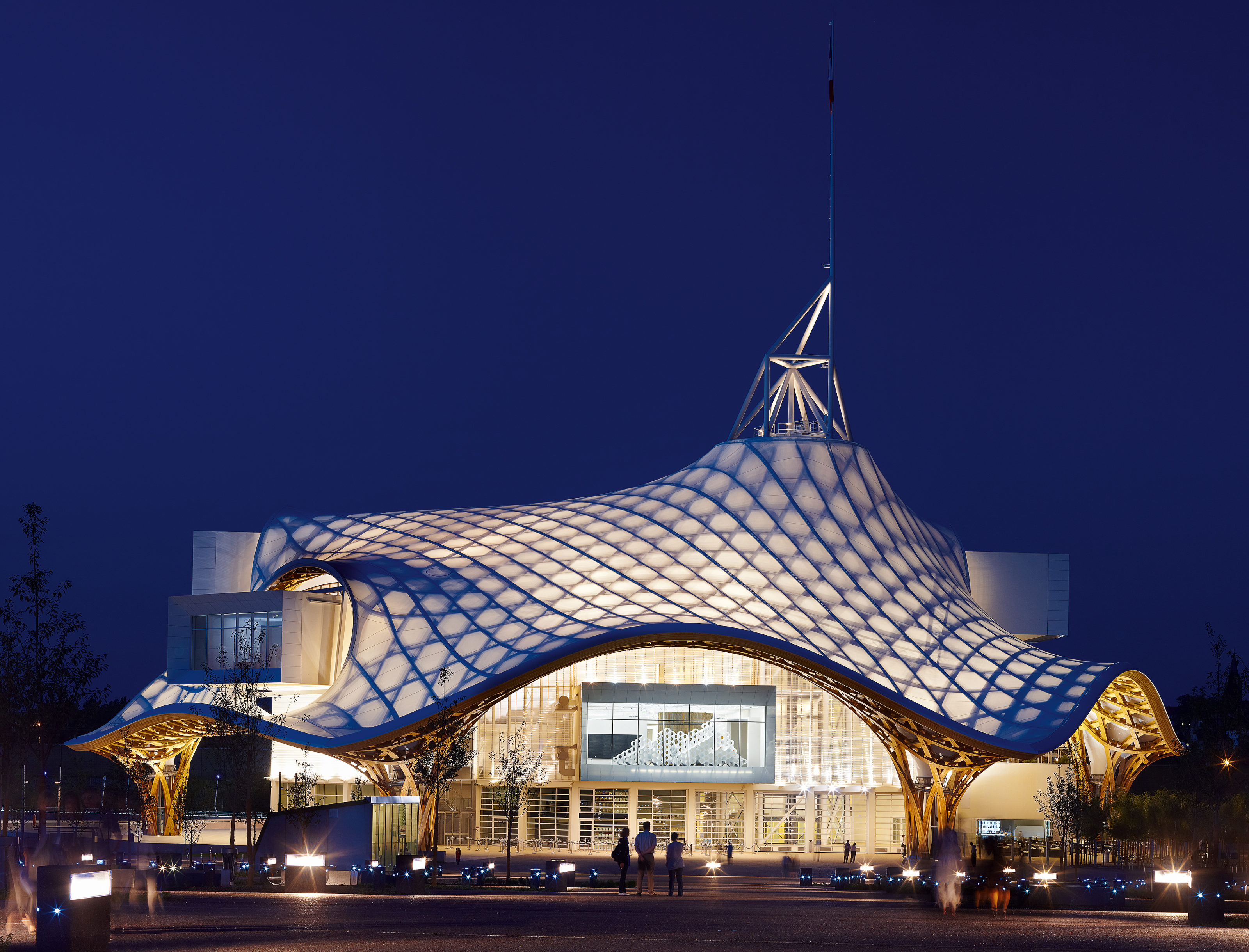 Shigeru Ban has perfected the art of enclosure
Shigeru Ban has perfected the art of enclosureTaschen’s new XXL monograph, Shigeru Ban. Complete Works 1985 – Today, brings out the sheer diversity of the Japanese architect’s work
By Jonathan Bell